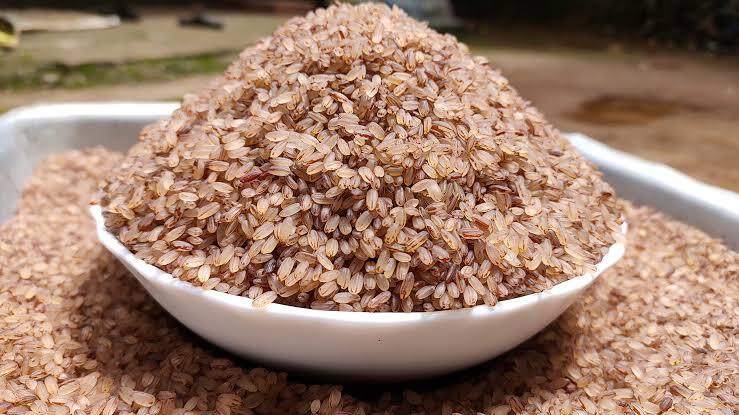The untapped potential for Nigeria’s indigenous rice varieties to contribute to food security and sustainability goals

Nigerian local rice varieties, typically unpolished and aromatic, hold immense potential to enhance food security, promote sustainability, and support positive dietary goals. Ofada rice, Ilesha rice, Abakaliki, Ekpoma and Igbimo rice brands are more than just culinary staples—they are a potential sustainable alternative to imported rice.
The global potential of indigenous The rising global demand for indigenous grains such as quinoa, fonio, and teff suggests that Nigerian local rice varieties could also attract international interest. The time has come for us to unlock the market potential of Nigerian local rice varieties and position them to compete on a global scale.
Sustainability and the case for local grainsUnlike mass-produced, highly polished rice varieties, local rice varieties retain their bran and germ layers, and they thus qualify as nutrient-dense whole grains. Amongst other potential sustainability benefits, increased demand for Ofada rice can maintain wealth within rural communities rather than diverting it to international supply chains. Increased consumption may therefore, significantly benefit local farmers.
Health benefits: a nutritional powerhouse Beyond their sustainability advantages, most local rice varieties are comparatively high in fiber, which aids digestion and helps reduce the risk of type 2 diabetes. Their lower glycemic index supports better blood sugar regulation, making them a healthier choice for diabetics. The reddish-brown bran layer is rich in antioxidants, including phenolic compounds, which help combat oxidative stress. Additionally, local rice varieties provide essential minerals such as magnesium, phosphorus, and iron, which are vital for overall well-being. At a time when diet-related illnesses, including diabetes and cardiovascular diseases, are on the rise—particularly in Africa—local rice may be a practical, nutritious, and culturally relevant alternative.
A battle against import dependenceNigeria, Africa’s largest rice consumer, has long relied on imports to meet domestic demand. Despite being a major rice-producing nation, foreign varieties dominate the market, often overshadowing locally grown options. This dependence has significant implications for food security and economic development, as it leaves the rice sector vulnerable to global price fluctuations and external market shocks.Nigerian local rice varieties can contribute to reducing this reliance, support smallholder farmers, and strengthen Nigeria’s drive for agricultural self-sufficiency. Despite its potential, however the cultivation of many of these local rice varieties on a sustainably large scale is curtailed by numerous challenges.
Poor processing standards Traditional milling methods often leave debris, including stones in local rice, which remains a significant deterrent for consumers. One notable example is Ilesha rice, which earned the nickname “Oh God rice”, because unsuspecting consumers would exclaim in frustration upon biting into hidden stones. Inconsistencies in grain size, color, and texture also undermine consumer confidence. Smallholder farmers, who form the backbone of local rice production, grapple with challenges such as inadequate infrastructure and limited investment. Many lack access to modern milling equipment and proper storage facilities, contributing to reduced yields and post-harvest losses. These structural gaps not only affect supply but also hinder the ability of local rice varieties to compete with imported, highly polished rice varieties.
